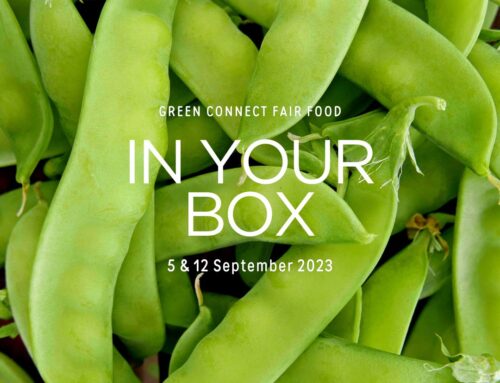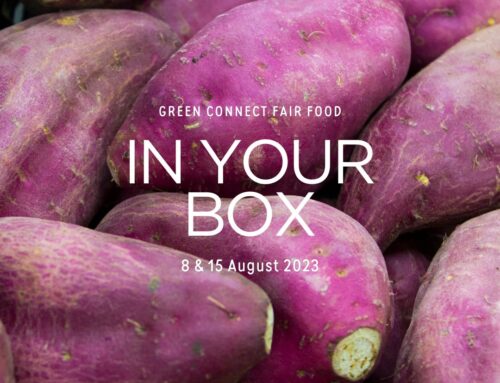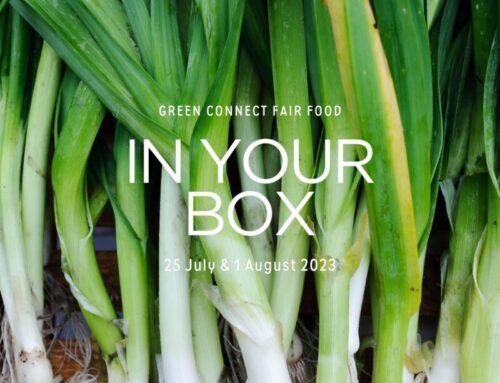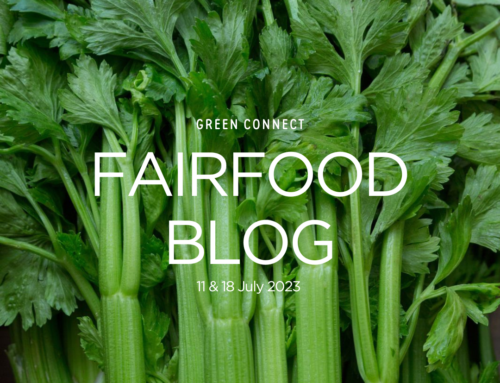Plant Families & Crop Rotation
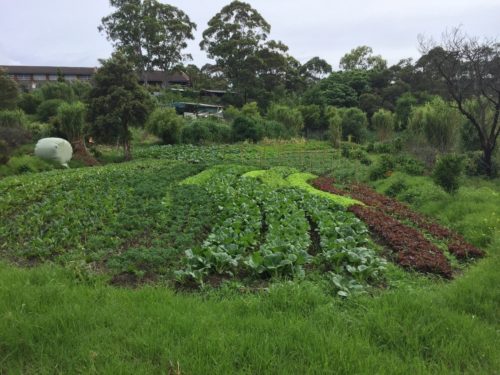 The modern food system is dependent on the use of synthetic chemicals fertilizers, pesticides, fungicides, and herbicides, and we know these are incredibly harmful to the earth. When trying to grow food in a way that rehabilitates the land, we need to get creative and utilise different approaches to ensure that crops don’t succumb to malnutrition, pests, disease, and out-competition from weeds.
The modern food system is dependent on the use of synthetic chemicals fertilizers, pesticides, fungicides, and herbicides, and we know these are incredibly harmful to the earth. When trying to grow food in a way that rehabilitates the land, we need to get creative and utilise different approaches to ensure that crops don’t succumb to malnutrition, pests, disease, and out-competition from weeds.
One of the ways that we avoid these issues is through crop rotation. To do this, we must first separate the crops that we want to grow into related families. Vegetables that belong to the same family have the same genetic origins and therefore have similar strengths and vulnerabilities.
Although there is a huge diversity of edible plants out there, most of the vegetables on our supermarket shelves come from a surprisingly small number of families. For example, the brassica family includes cabbage, broccoli, cauliflower, kale, kohlrabi, collard greens, Brussels sprouts, and many others. The amazing thing is that all the veggies just mentioned originate from the same wild plant, Brassica oleracea, which has been cultivated for different culinary purposes (e.g., buds, leaves, flower heads) by humans over centuries.
Vegetables from the same family take similar nutrients from the soil, attract similar pests and diseases, and give space for similar weeds to grow. Our crop rotation system involves planting different vegetable families in each of our market gardens every season. The longer we can make the gap between planting the same family in a particular area, the better. We can also be strategic with planting sequences so that crops benefit from what was there before them.
We hope you enjoy the diversity of plant families in your box this week!
In your box on Tuesday 9 May 2023:

In your box on Tuesday 2 May 2023:
Note: We sometimes need to make changes to what we pack in your veg box based on the quantity or quality of produce that we can harvest and source. If you have any questions about what is in your box, don’t hesitate to contact us at [email protected].
Feature Veg: Cabbage (9 May 2023)
 Like its relatives broccoli, cauliflower, and Brussels sprouts, cabbage boasts a variety of health benefits. It is high in vitamin C, dietary fibre, folate, and is low in calories. Its mild flavour blends well with strong ingredients and it is very versatile in the kitchen. Well-known in coleslaws and salad mixes, green cabbage can also be juiced, pickled, wilted, braised, roasted, stir-fried, and grilled. Try using it in place of lettuce in a wrap or adding it to a soup or curry.
Like its relatives broccoli, cauliflower, and Brussels sprouts, cabbage boasts a variety of health benefits. It is high in vitamin C, dietary fibre, folate, and is low in calories. Its mild flavour blends well with strong ingredients and it is very versatile in the kitchen. Well-known in coleslaws and salad mixes, green cabbage can also be juiced, pickled, wilted, braised, roasted, stir-fried, and grilled. Try using it in place of lettuce in a wrap or adding it to a soup or curry.
Feature Veg: Kohlrabi & Turnip (2 May 2023)
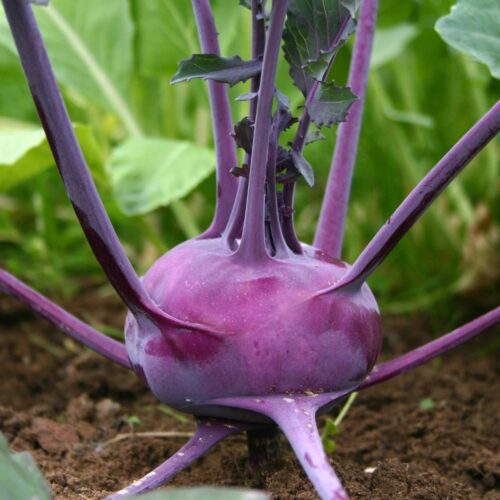
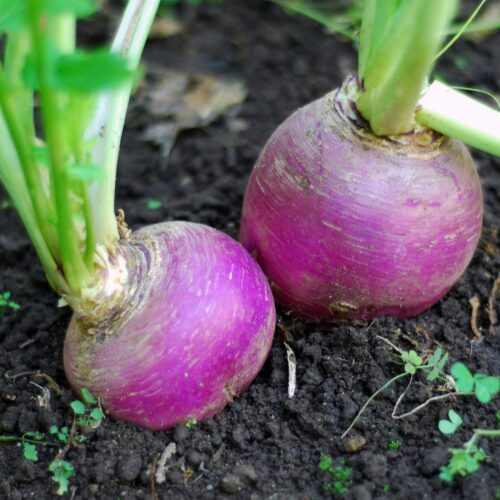 Both members of the brassica family, kohlrabi and turnip have a slightly sweet and slightly peppery flavour. Kohlrabi is slightly milder in flavour and softer in texture. It is delicious eaten raw with hummus or cooked. Turnip can also be eaten raw, but is more commonly cooked and is a delicious substitute for potato. Try either of these veggies roasted, steamed, stir-fried, boiled in soups, cooked into stews or pastas, or grated raw in salads or slaws. Cook the greens and stems like kale or silverbeet to ensure nothing goes to waste!
Both members of the brassica family, kohlrabi and turnip have a slightly sweet and slightly peppery flavour. Kohlrabi is slightly milder in flavour and softer in texture. It is delicious eaten raw with hummus or cooked. Turnip can also be eaten raw, but is more commonly cooked and is a delicious substitute for potato. Try either of these veggies roasted, steamed, stir-fried, boiled in soups, cooked into stews or pastas, or grated raw in salads or slaws. Cook the greens and stems like kale or silverbeet to ensure nothing goes to waste!




